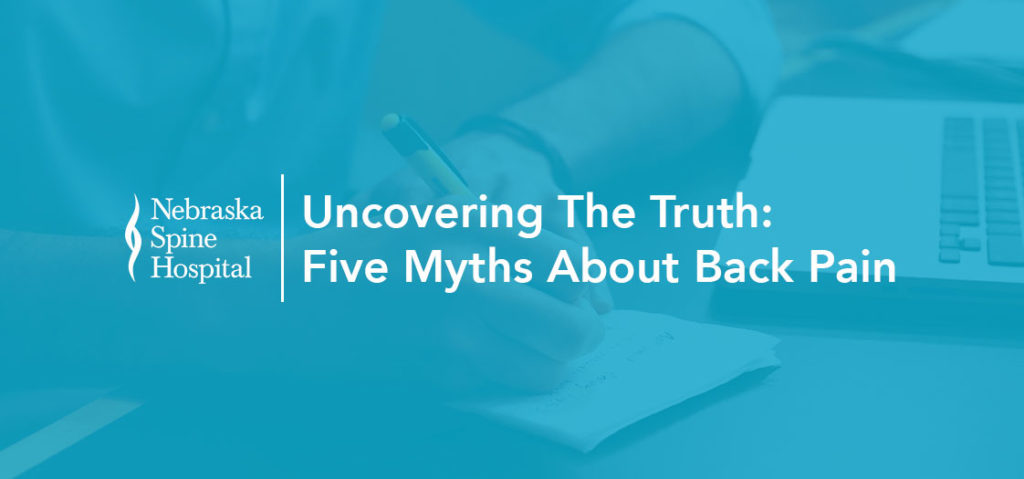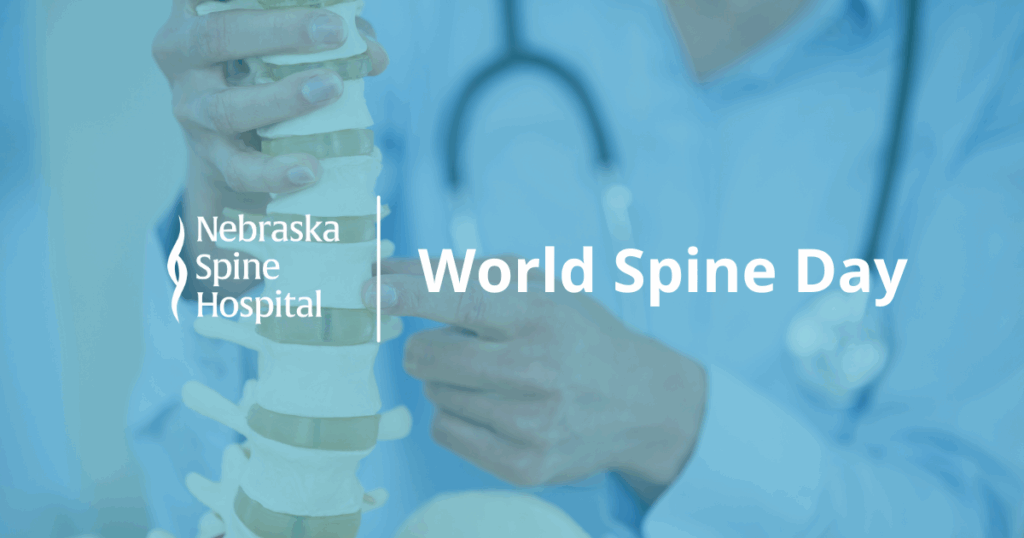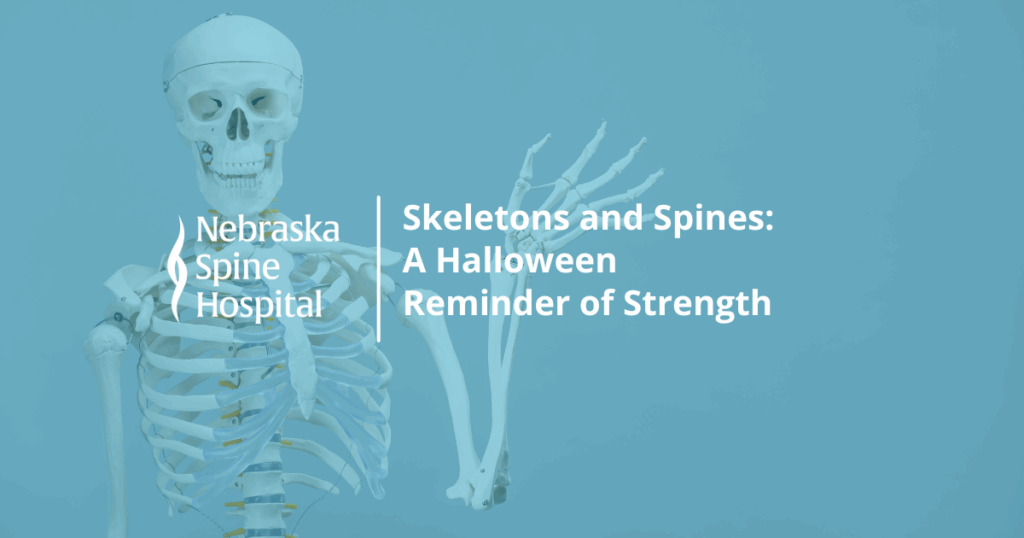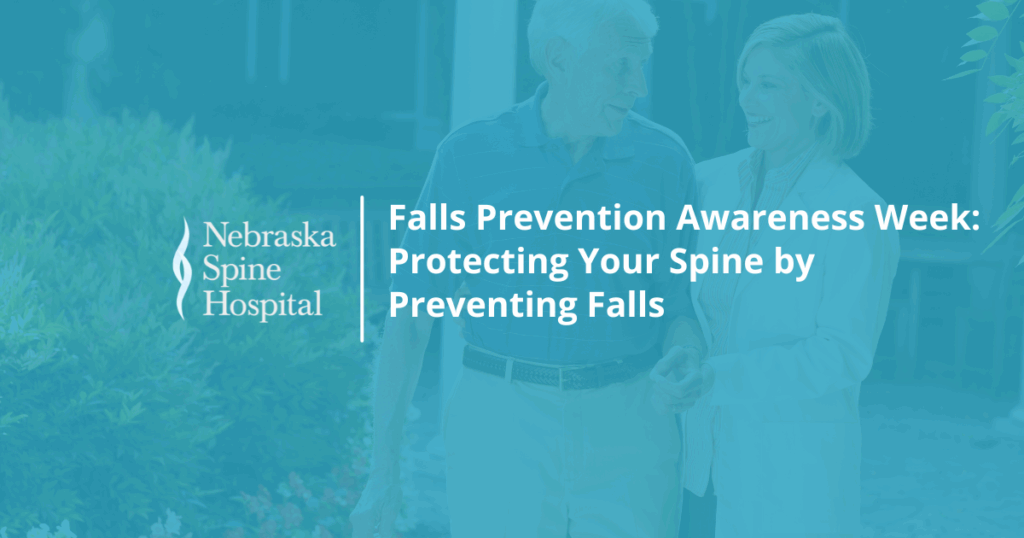There is no shortage of myths circulating online about back and neck pain. Unless you are a healthcare professional, it can be hard to distinguish the truth from all of the misinformation. Below, we’ve compiled some of the most popular myths we think you should be aware of, but keep in mind it is by no means an exhaustive list.
The best way to treat pain is by resting.
Believe it or not, resting can actually worsen your back pain. Inactivity often leads to muscle stiffness, which in turn can lead to an unhealthy cycle of pain and inactivity. While short rests can help with acute pain, we generally advise against more than a couple days of bed rest.
In fact, did you know that staying active helps to keep your spine healthy? Physical activity helps stimulate healing in the spine by promoting the exchange of nutrients between the discs and the rest of your spine. When you aren’t regularly active, your spinal discs can be deprived of the nutrients they need to function properly.
The spine is fragile and can easily be injured.
Your spine is not fragile. It is actually an impressively designed anatomical structure and the surrounding muscles, tendons, and ligaments provide strength, flexibility, and support.
That being said, the spine isn’t indestructible, by any stretch of the imagination. Unhealthy habits such as poor posture, improper lifting techniques, smoking, poor nutrition, and lack of sleep can wreak havoc on the spine.
If the doctor couldn’t find the source of pain, it must be all in your head.
Even if no anatomical cause is found, your pain is real. If the doctor cannot find the source of pain, it is important to not give up in trying to locate it. It is especially important to actively treat chronic pain, which is pain lasting more than three months.
If the pain is particularly bad, it is probably ongoing spinal damage.
With chronic pain, the level and extent of pain you’re experiencing does not directly correlate with the damage. In fact, a disc with a small amount of degeneration is sometimes more painful than one that is severely degenerated.
Short-lived acute pain serves a purpose, to provide a protective reflex. If you burn your hand on a hot surface, your protective response is to remove your hand from said surface. Chronic pain doesn’t serve a purpose.
Back pain worsens with age.
Many people think that if they experience a lot of back pain in their twenties, it will only worsen with age. This notion is completely untrue. Actually, back pain is more common with younger people, especially those aged 30-50. As long as you find a way to manage the pain and maintain your ability to function, the pain will likely subside over time.
Were you under the impression that any of the myths listed above were true? If you ever have a question regarding back and neck pain, it is important to reach out to your physician.
If you are experiencing back pain, we urge you to seek treatment from one of our board-certified, fellowship-trained spine surgeons.








